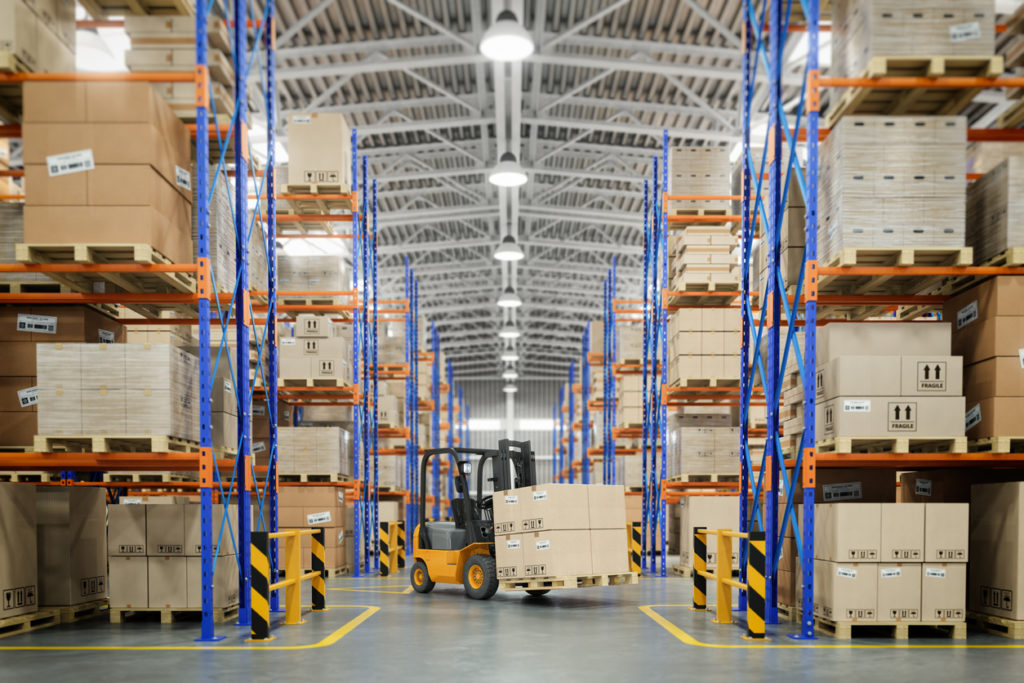What Are The New Technologies In Logistics And Warehousing?
Technology is a constantly changing and significant aspect of our daily lives, and it is developing so swiftly that it can be challenging to forecast what will happen next. This attitude holds especially for the industries of logistics, distribution, and warehousing.
If you make purchases within your business or have the power to influence those decisions, you are already aware of the rise of “smart warehousing and logistics.” With the support of ready-to-purchase technologies, logistics and smart warehouse technologies are becoming a reality and revolutionizing how warehouses conduct business.
Technologies are so many but the question that arises is what are the new technologies in logistics and warehousing? So I have dug through the most popular products and processes to bring to you the must-have smart Logistics and warehouse technologies.
Automated Picking Tools
The days of inaccurate picking are long gone; nowadays, when picking automation components are integrated into the flow, warehouses may gain from picking rates that are almost flawless. Pick-to-light, robotic order picking, and voice-controlled order picking are just a few of the techniques that are offered by Prestige Logistics Group which may be utilized to improve picking processes.
For the quickest, most accurate automated reporting experiences, these technologies additionally make use of cutting-edge barcoding solutions that easily interact with your selected management software.
Automated Inventory Control Platforms
Automated inventory management systems are used in conjunction with a few other technical cornerstones, such as asset and inventory tags, to eliminate labor, guesswork, and unnecessary time from conventional inventory control.
The majority of these solutions are designed to automatically count the inventory and combine the data for quick, in-the-moment, and incredibly accurate reporting that can be accessed remotely, which sweetens the bargain.
Collaborative Robots
I’ve just hit on the advantages of completely autonomous and robotic technologies, but it’s not always practical for every warehouse to adopt such technology right once, especially given that its deployment calls for significant financial outlays and infrastructure modifications.
Collaborative robots, also known as cobots, are autonomous components that are designed to operate with your current colleagues rather than in place of people in warehouses. Cobots enable warehouses to preserve many of their operational procedures and infrastructure design decisions while yet gaining the advantages of completely autonomous components’ improved workflow.
Internet of Things (IoT)
Everything in our life is changing as a result of IoT. Expanding IoT in logistics causes new connections to form between products, packaging, transportation hubs, and vehicles. It provides more information that aids in remote asset management, risk prediction, assuring correct cargo handling, and traffic congestion predictions. IoT and blockchain technologies may provide end-to-end package visibility.
Transportation Management Systems (TMS)
TMS systems are becoming more and more common, particularly among logistics companies. And for good reason—many technical instruments need to be managed and organized properly at a single hub. To manage carriers and enhance route automation, TMS is employed. It helps with real-time delivery driver tracking, freight cost reduction, more transparency, and general customer satisfaction scores.
Conclusion
You don’t need to complete a comprehensive overhaul of your Logistics and warehouse technologies to make them smarter and more efficient; instead, introduce the new smart technologies that make sense for your business and all of its processes first. Then, you will see that any logistics warehouse can become a “smart” logistics and smart warehouse.











